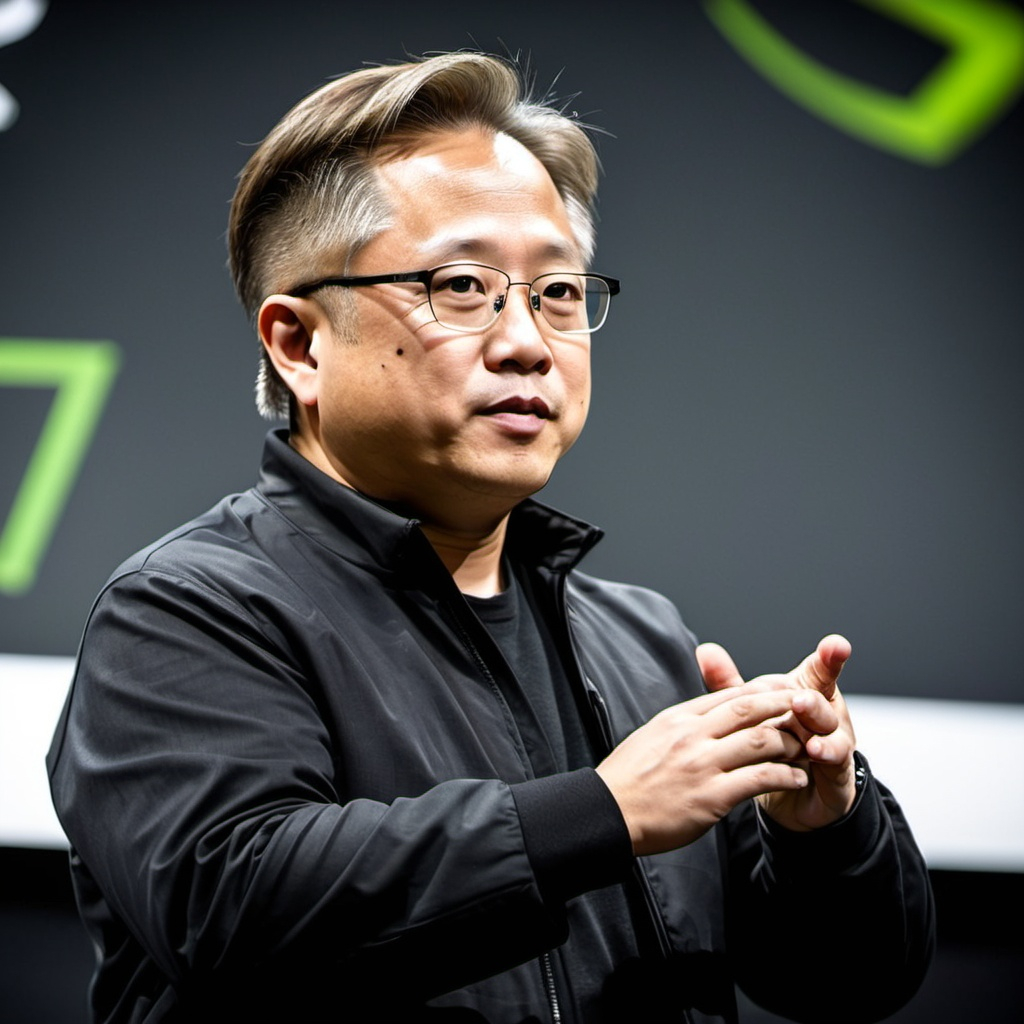The world of technology and geopolitics is colliding, and at the center of this intersection is NVIDIA—a global leader in AI and semiconductor innovation. As U.S. policies tighten their grip on China’s access to advanced technology, companies like NVIDIA face the challenge of adapting their business strategies while continuing to thrive in an increasingly polarized landscape.
This article dives into the nuances of NVIDIA’s response to U.S.-China tech tensions, exploring its strategic adjustments, the broader implications for the semiconductor industry, and what it means for the future of global tech.
The Geopolitical Backdrop

The tension between the United States and China over technology and national security has been escalating for years. In 2023 and 2024, the U.S. implemented stricter export controls on high-performance semiconductors, particularly targeting technologies like GPUs that are pivotal for AI and advanced computing. The rationale? Limit China’s ability to use these tools for military purposes.
NVIDIA, known for its cutting-edge GPUs that power AI research, gaming, and data centers, has become a focal point in this tech battle. The company’s GPUs are highly sought after, not only for commercial use but also for research and national projects in China. The U.S. restrictions now require companies like NVIDIA to seek licenses before selling certain chips to Chinese customers, complicating an already delicate situation.
How NVIDIA is Adapting
1. Engaging with Chinese Authorities
NVIDIA’s leadership, including CEO Jensen Huang, has been proactive in engaging with Chinese officials. Recognizing the importance of the Chinese market, Huang has emphasized the company’s commitment to supporting China’s digital transformation while adhering to U.S. regulations.
Recently, NVIDIA met with China’s Vice Commerce Minister to ensure open communication and discuss collaborative opportunities. This diplomatic approach underscores NVIDIA’s intent to maintain its market share in China without running afoul of U.S. policy.
2. Tweaking Product Offerings
Adapting to export restrictions, NVIDIA has modified some of its products to comply with the new rules. For example, the company has designed less powerful versions of its advanced GPUs for the Chinese market. While these adjusted models meet the regulatory requirements, they still offer value to Chinese customers looking to enhance their AI and data processing capabilities.
This move demonstrates NVIDIA’s ability to innovate not only in technology but also in navigating complex regulatory landscapes.
3. Diversifying Global Operations
NVIDIA is also broadening its horizons by investing in markets outside China. Southeast Asia, India, and Europe are emerging as key focus areas for the company. By diversifying its customer base, NVIDIA can mitigate the risks associated with over-reliance on any single market.
The Impact on the Semiconductor Industry
NVIDIA’s navigation of U.S.-China tensions is not happening in isolation. It reflects broader trends and challenges in the semiconductor industry:
Innovation vs. Regulation: Companies are now tasked with balancing technological innovation with compliance. Export restrictions force firms to slow down or adjust their pace of development in specific regions, creating friction in the industry.
Rise of Domestic Players: In response to U.S. restrictions, Chinese companies like Huawei are accelerating efforts to develop domestic alternatives. While these alternatives are not yet on par with NVIDIA’s offerings, they signal a growing competition that could reshape the market in the long term.
Supply Chain Shifts: Geopolitical tensions are pushing companies to rethink their supply chains, moving operations to countries with fewer restrictions. This trend could lead to a more fragmented global tech industry.
PS Plus December 2024: Holiday Highlights for Gamers
Why NVIDIA’s Strategy Matters
NVIDIA’s approach is a masterclass in navigating high-stakes challenges. By engaging diplomatically, innovating within constraints, and diversifying its reach, the company sets a precedent for other tech giants facing similar dilemmas.
1. Preserving Business Interests
China represents one of NVIDIA’s largest markets, accounting for significant revenue from AI and data center products. Losing access to this market could have severe financial repercussions. By maintaining relationships and adapting its products, NVIDIA ensures it remains a relevant player in the region.
2. Shaping Industry Dynamics
As a leader in AI and GPUs, NVIDIA’s actions influence the broader semiconductor and tech industries. Its ability to innovate under restrictions serves as a benchmark for other companies navigating similar challenges.
3. Highlighting the Role of Diplomacy
NVIDIA’s proactive engagement with Chinese authorities highlights the importance of diplomacy in business. It’s not just about complying with regulations—it’s about building trust and finding ways to collaborate in a polarized environment.
What’s Next for NVIDIA?
Looking ahead, NVIDIA faces both opportunities and uncertainties. The company is well-positioned to benefit from the global AI boom, with its GPUs powering breakthroughs in machine learning and data processing. However, continued U.S.-China tensions could complicate its growth trajectory.
The key lies in adaptability. By remaining agile, fostering innovation, and balancing its relationships with the U.S. and China, NVIDIA can continue to thrive despite geopolitical headwinds.
Final Thoughts
NVIDIA’s journey through U.S.-China tech tensions is a compelling story of resilience, innovation, and strategy. It serves as a reminder that even in the face of complex challenges, companies can find ways to adapt and succeed.
As the semiconductor industry evolves, NVIDIA’s actions will undoubtedly shape its future—and that of global technology. Whether you’re a tech enthusiast, a business leader, or someone curious about the intersection of innovation and geopolitics, NVIDIA’s strategy offers valuable lessons in navigating uncertainty.
For more updates on this evolving story, stay tuned to the latest reports and analyses. The tech world is watching, and NVIDIA is leading the way.


